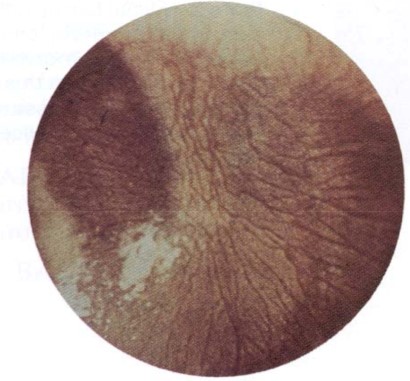

Diagnosis and treatmentĪ patient with a clinical history compatible with otic barotrauma should be examined, including if with binocular otomicroscopy (or at least with a standard handheld monocular otoscope). Most literature states that auditory symptoms are more common than vestibular ones. Otic barotrauma can present with auditory symptoms (aural fullness, hearing loss, tinnitus), vestibular symptoms or both. Even if an individual dive does not provoke symptoms, there is evidence that repeated SCUBA diving may result in cumulative damage from recurrent otic barotrauma (Molvaer and Albrektsen 1990, Ramos, Rapoport et al. The opposite circumstance occurs when there is unequilibrated elevated external pressure, such as during SCUBA diving (Farmer 1977, Money, Buckingham et al.

Sufficient negative pressure may exist to cause the rupture of blood vessels from the surrounding vasculature, resulting in a haemotympanum, or in severe cases, bulging and perforation of the tympanic membrane.” “When there is a sustained negative pressure in the middle ear, serous fluid is produced by the mucous glands in the middle ear in an effort to equalize the pressure. As Mirza and Richardson comment, during airplane travel (when cabin pressure is generally lower than at sea level) the following can occur: If Eustachian tube dysfunction impairs the Eustachian tube’s ability to open, then a pressure differential can develop between the sides of the eardrum. When the Eustachian tube opens (such as during yawning) it makes the middle ear space continuous with the back of the throat, and therefore with the outside world, and therefore with the outer ear, and thus equilibrates pressure on both sides of the tympanic membrane. 2017)), or one of persistently decreased pressure (as in air travel (Mirza and Richardson 2005)). Consequences of more prolonged change in pressureĪ pressure change that is more gradual yet is sufficiently large can cause symptoms as well, such as remaining in a situation of persistently increased pressure (as in SCUBA diving (Livingstone, Smith et al.
Barotrauma otic windows#
Kinetic energy that traverses the oval and/or round windows can also be transmitted to inner ear structures and cause further damage. We have also seen patients with avulsion of the stapes footplate after yanking an insert earphone out of their ear – presumably there was an extremely abrupt and large decrease in external pressure in this circumstance.Ībrupt pressure changes that are sufficiently large deliver kinetic energy to the ear that can cause physical disruption of its structures, including rupturing the tympanic membrane, dislocating the ossicular chain or fracturing its individual components (malleus, incus, stapes) (Harris and Butler 1985), avulsing the stapes footplate from the oval window, or rupturing the round window (Choo 1984). Consequences of abrupt change in pressureĬommon causes of abrupt barotrauma include blast injuries (Darley and Kellman 2010), or a physical blow to the ear, which result in an extremely abrupt and large increase in external pressure. Large and/or rapid changes in pressure can traumatize the ear, and such damage is called otic barotrauma (King 1976, Lacey and Amedee 2000). The mechanism for accomplishing this detection is exquisitely sensitive, and therefore also susceptible to damage when the pressure changes in the external environment are very large, or very rapid. One of the main functions of the ear is to detect vibrations (minute changes in air pressure) in the external environment. Depending on those results, referral to otolaryngology may be appropriate. A clinician often will examine a patient’s ears (to assess the integrity of the eardrum) and may check a hearing test. Pressure changes in the external environment that are abrupt and/or large can damage the ear, manifesting with ear symptoms (ear fullness, hearing loss, tinnitus) and disequilibrium.


 0 kommentar(er)
0 kommentar(er)
